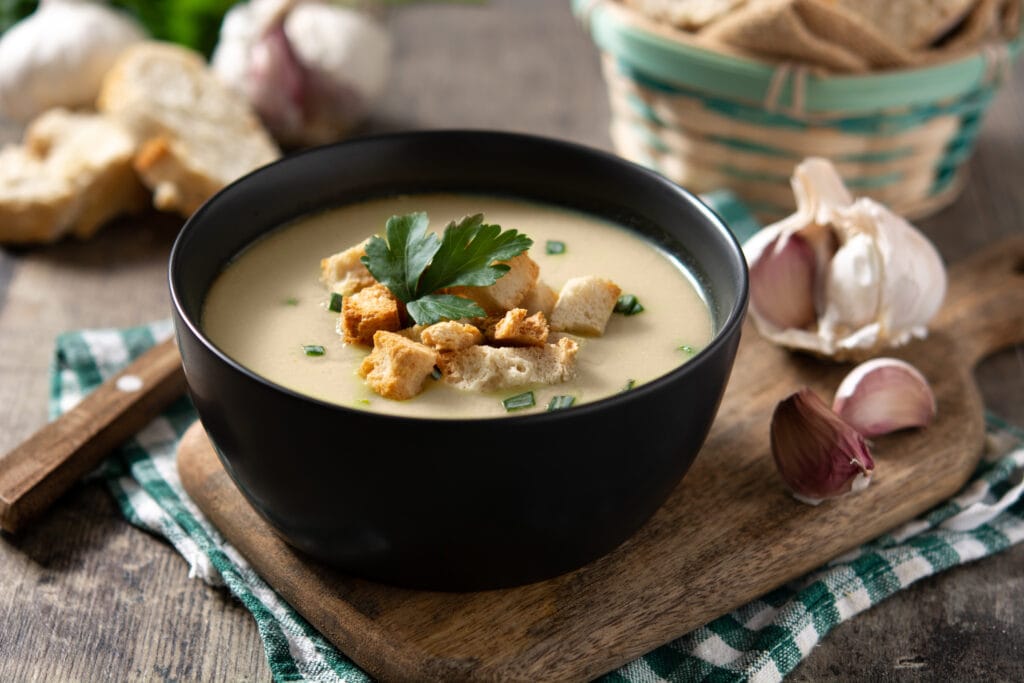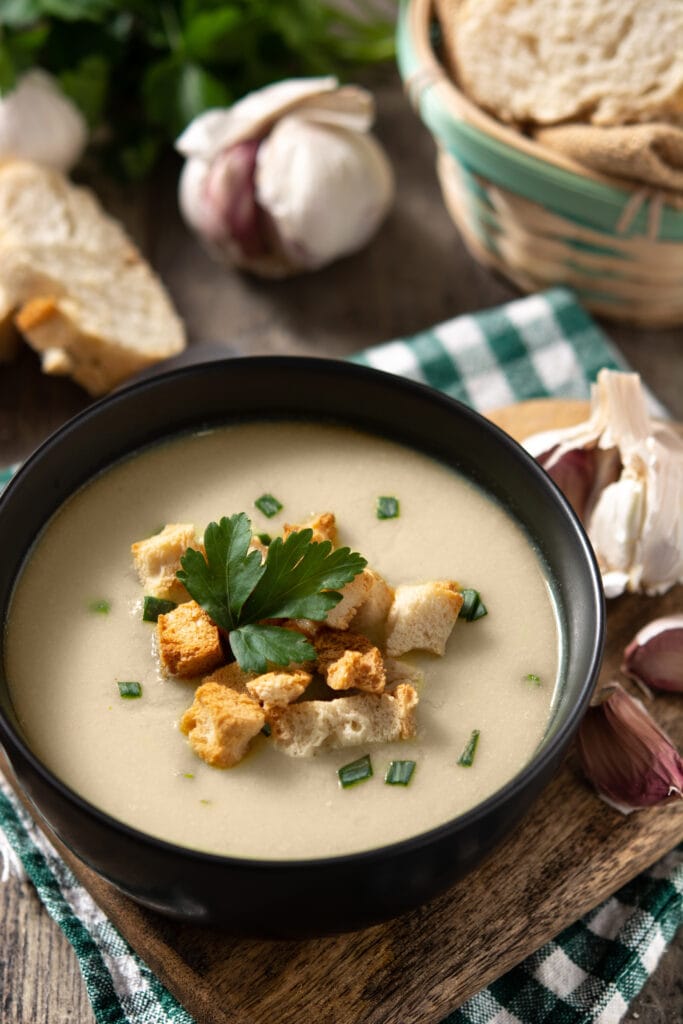Potato soup is a classic comfort food, loved for its hearty flavor and creamy texture. However, achieving the perfect consistency can sometimes be a challenge. If your soup turns out watery or too thick, you might wonder about the best thickeners for potato soup. Fortunately, there are several effective techniques you can use to achieve a rich, velvety texture every time.
This guide will take you through tried-and-true methods for thickening potato soup. Moreover, it will help you avoid common mistakes, making your next soup a guaranteed success. Let’s dive in!
Table of Contents
Why Consistency Matters in Potato Soup
The texture of potato soup greatly influences its overall appeal. For instance, a thin, watery soup feels incomplete, while an overly thick one can be too heavy. Therefore, striking the right balance is key to creating a satisfying dish.
Using the best thickeners for potato soup allows you to improve its texture without sacrificing flavor. For example, when following a traditional recipe or experimenting with something like a copycat O’Charley’s potato soup recipe, understanding how to thicken soup effectively ensures that your results are consistently delicious.
Common Challenges When Thickening Potato Soup
Even experienced cooks can face challenges when thickening soup. For instance:
- Over-Thickening: Adding too much thickener can result in a dense, unappetizing texture.
- Clumping: Flour or starch that isn’t mixed properly can lead to lumps.
- Flavor Dilution: Overuse of some thickeners, such as flour, can dull the soup’s flavor.
To avoid these issues, it is important to select the right method. Additionally, you should take care to incorporate the thickener correctly. For more insights, refer to this scientific guide on food thickeners.
Best Thickeners for Potato Soup
1. Flour-Based Thickeners
Flour is one of the most traditional thickeners for soups. Not only is it versatile, but it’s also widely available.
- Roux: This method involves cooking equal parts butter and flour until golden, then whisking it into the soup. As a result, the soup becomes rich and flavorful.
- Slurry: Combine flour with cold water or broth to create a paste. Then, stir it into the soup gradually while it simmers.
However, flour-based methods may not work for those avoiding gluten. In such cases, alternatives like cornstarch are excellent options.
2. Starch-Based Thickeners
Starches are popular for their ability to create a smooth, glossy finish.
- Cornstarch: Mix cornstarch with cold water to form a slurry before adding it to your soup. Stir constantly to avoid clumps.
- Potato Starch: This option works naturally with potato soup, enhancing both flavor and texture.
- Arrowroot: A great gluten-free choice, arrowroot thickens without altering the soup’s taste.
- Tapioca: Tapioca starch adds a silky texture, making it perfect for those seeking a unique twist.
Furthermore, starch-based thickeners work well for recipes where a transparent finish is preferred. You can explore more about their benefits in this MasterClass guide.
3. Dairy-Based Thickeners
Dairy is another excellent way to thicken potato soup while adding richness and depth.
- Heavy Cream: Stirring in cream at the end gives your soup a luxurious texture.
- Cheese: Incorporate shredded Parmesan, cheddar, or other hard cheeses for added thickness and bold flavor.
- Greek Yogurt or Sour Cream: These lighter options provide tanginess and creaminess without being too heavy.
In addition to their thickening properties, dairy products enhance the overall flavor of the soup.
4. Vegetable-Based Thickeners
If you prefer a more natural or plant-based approach, vegetables are a fantastic way to thicken soup.
- Blended Potatoes: Pureeing a portion of the soup creates a naturally thickened base.
- Other Vegetables: Cook and blend carrots, cauliflower, or parsnips to achieve a thicker consistency while adding nutrition.
Moreover, vegetable-based methods are ideal for those looking to boost the healthiness of their dish without using additional fats or starches.
5. Other Innovative Methods
For those willing to experiment, here are some creative thickening solutions:
- Bread or Breadcrumbs: Blend stale bread or breadcrumbs into the soup for a hearty, rustic texture.
- Instant Mashed Potato Flakes: This quick and easy option seamlessly thickens soups without altering flavor.
- Egg Yolks: Whisk an egg yolk into the soup for a smooth, velvety consistency. Be sure to temper it carefully to prevent curdling.
These methods allow for experimentation and give you the opportunity to customize the soup to your liking.

FAQs About Thickening Potato Soup
Can You Thicken Potato Soup Without Flour?
Yes! Alternatives like cornstarch, potato starch, or blended vegetables work wonderfully for thickening potato soup.
What Are Gluten-Free Thickeners?
Cornstarch, arrowroot, potato starch, and tapioca are all excellent gluten-free options.
What’s the Healthiest Way to Thicken Potato Soup?
Blending vegetables or adding Greek yogurt is a low-calorie, nutrient-rich way to thicken soup naturally.
Can You Freeze Thickened Potato Soup?
Yes, but soups thickened with starch freeze better than those thickened with dairy, which may separate upon reheating.
Conclusion
Mastering the art of thickening potato soup elevates this simple dish into a truly satisfying meal. By using the best thickeners for potato soup—whether flour, starch, dairy, or vegetables—you can achieve the ideal texture and consistency every time.
In conclusion, don’t hesitate to experiment with these techniques to find the one that suits your taste. Moreover, recipes like this copycat O’Charley’s potato soup are excellent starting points for practicing your thickening skills.
Perfect potato soup is within your reach. With these tips, your next batch will be rich, creamy, and absolutely irresistible.


